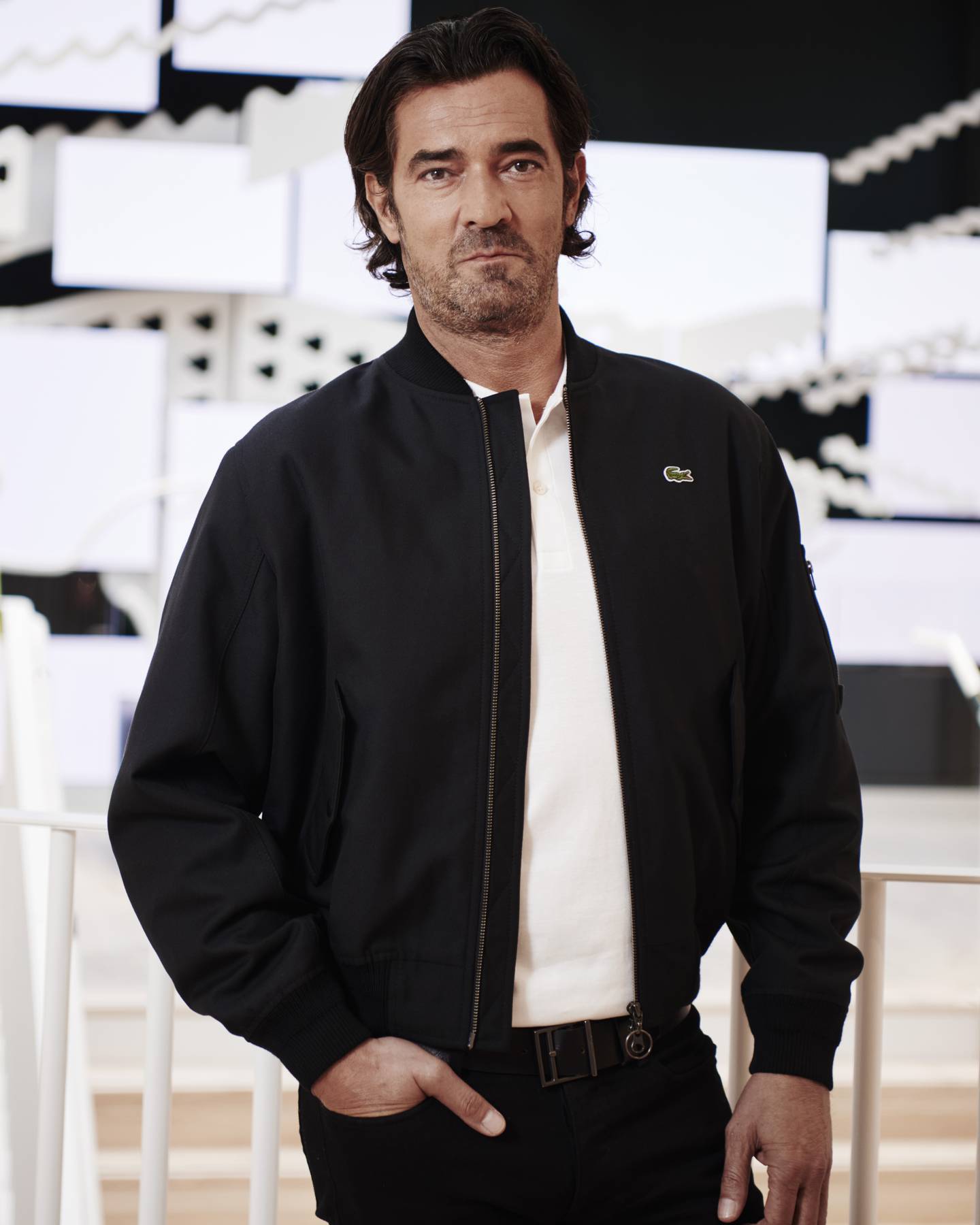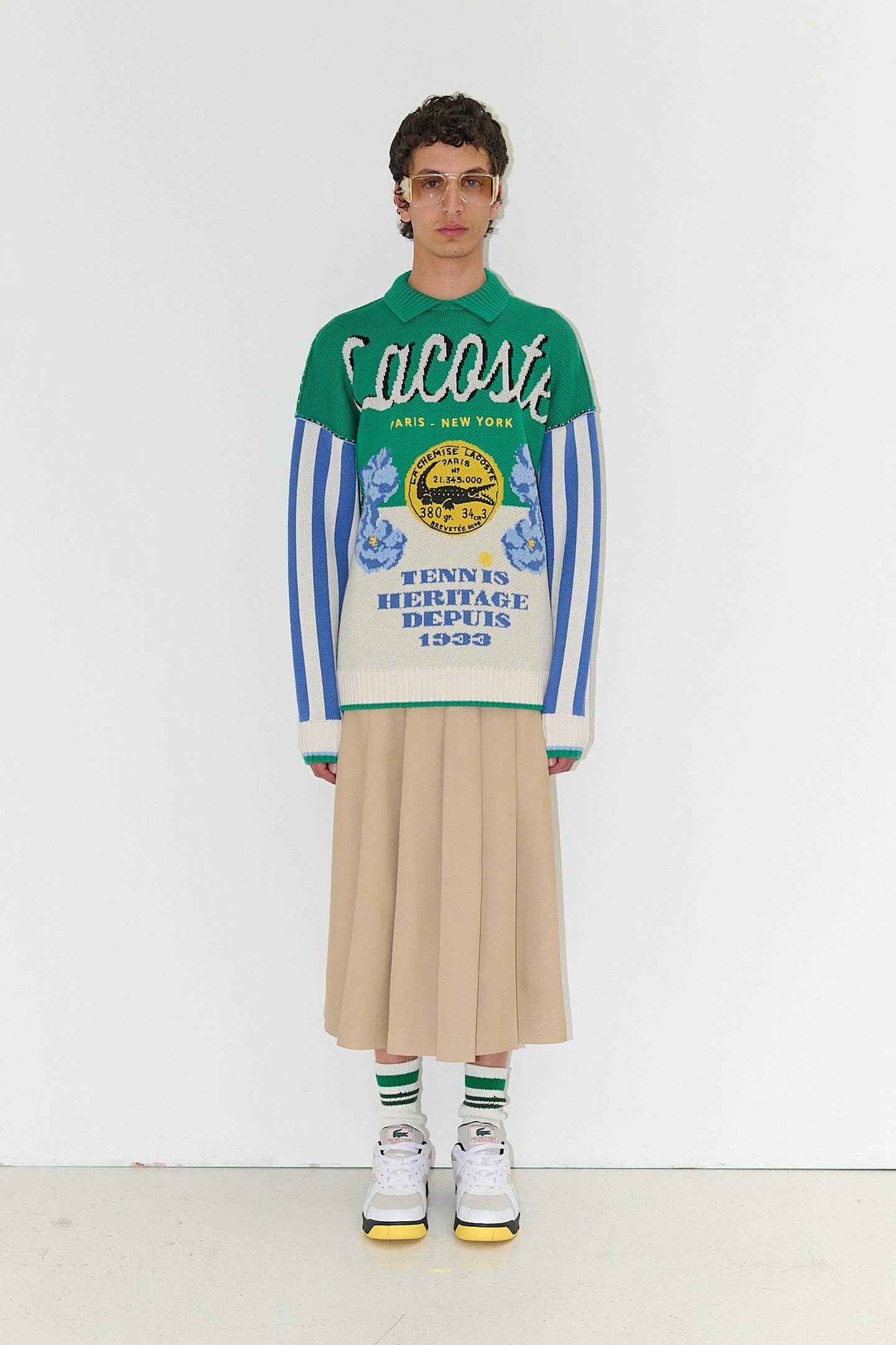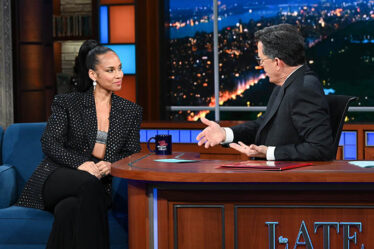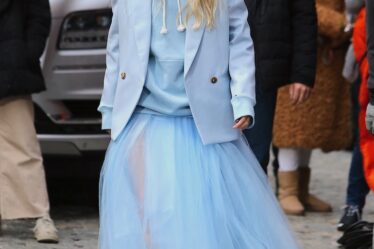
PARIS — “Lacoste is tennis, tennis is Lacoste” has long been a key marketing mantra at the iconic French sportswear label. But as more brands ramp up their efforts in tennis marketing, with the likes of Louis Vuitton and Gucci signing top next-generation players Carlos Alcaraz and Jannik Sinner, Lacoste is aiming to defend its dominant position on the court.
New creative director Pelagia Kolotouros is set to show her debut collection for the brand Tuesday at Roland-Garros, the tennis complex famous for its clay courts and namesake tournament (also known as the French Open), rivalled in prestige only by Wimbledon.
Roland-Garros is, after all, Lacoste’s home turf: the venue just a few blocks from the brand’s headquarters was built in honour of founder René Lacoste, so that he and his fellow French players could defend the Davis Cup after a historic win in New York in 1927.
Kolotouros has taken that journey and triumphant return as the key inspiration for her collection. The Olympics are coming to Paris this summer, so sport and the ceremony that surrounds it are very much in the air. And as she and chief executive Thierry Guibert aim to diversify and elevate Lacoste’s offer, they’re turning to the blazers and travel coats worn on winners’ podiums — and during play in the early days of racquet sports — to push the brand in a more sartorial direction.
Tuesday’s show will be Lacoste’s first catwalk since 2021 and if the brand’s link with tennis is unshakeable, its approach to runway fashion is fuzzier. Previous iterations of the brand’s fashion week efforts include Felipe Oliveira Baptiste’s ready-to-wear collections, which captured the spirit of Lacoste by celebrating colour and movement but had little to do with what the brand actually sells. His successor Louise Trotter was more product-focused, working to refine and elevate the brand’s wardrobe propositions, but her ideas also trickled into the broader business only in a limited way.
Under New York-born designer Kolotouros, Lacoste hopes to open a new chapter in which ready-to-wear collections will play a bigger role in steering the brand’s offer. There are still show pieces, but the designer has been careful to make sure enough of the collection can be produced at a saleable price. Here, her experience at VF Corp’s The North Face and Adidas and Beyonce’s Ivy Park venture is likely to have helped.
Giving ample space to a creative director’s vision has also become more feasible for Lacoste in recent years, Guibert says, as the company embarked on a programme of sprawling flagship store openings — the fourth of which is set to open in New York next year — as well as following a push to take back control of categories like underwear and shoes from licensees. The brand now operates 1,100 stores where it can show off a broader range of products. Footwear has grown to account for 25 percent of sales.


Meanwhile, wholesale has fallen to less than 35 percent of revenues, compared to a majority of the business when Guibert arrived a decade ago. If polo shirts and athleisure ensembles still drive the business, opportunities to keep hitting other notes abound.
Lacoste, which is privately owned by Swiss holding Maus Frères, also finds itself in a stronger position to take a risk on a new aesthetic. The group hasn’t officially reported figures for 2023, but Guibert says sales grew by “double digits” last year after crossing the threshold of €2.5 billion in 2022.
Lacoste’s challenge in France has long been that it tries to be everything to everyone: selling bourgeois elegance to some, and streetwear extravagance to others. The brand has tried to embrace that perception in recent years with campaigns that poke fun of how colourful characters ranging from provincial grandmas to urban teenagers can all wear the brand as a badge of honour with their crew.
Appealing to those tribes in a single store is already a challenge — not to mention a single collection. At a visit to the brand’s studio last weekend, elevated urban silhouettes, like black logo blazers and rubberised two-tone shoes, were mixed with the sort of tennis-inspired, neo-preppy pieces that have captured many post-streetwear clients in recent seasons. Easy wardrobe items were also present, like a long, body-hugging polo dress and a sartorial camel overcoat: the sort of items which bridge the gap between the commuter client Lacoste has and the more high-end shopper it has always hoped to recapture.
“Sport, elegance, refined but approachable — and gender fluid,” Kolotouros says, when asked what key ideas she hopes will come across in her debut collection.
As for Guibert, he hopes that buyers and press will see “that the brand is moving up — we’ve done so much research to elevate the materials, the fit.”



